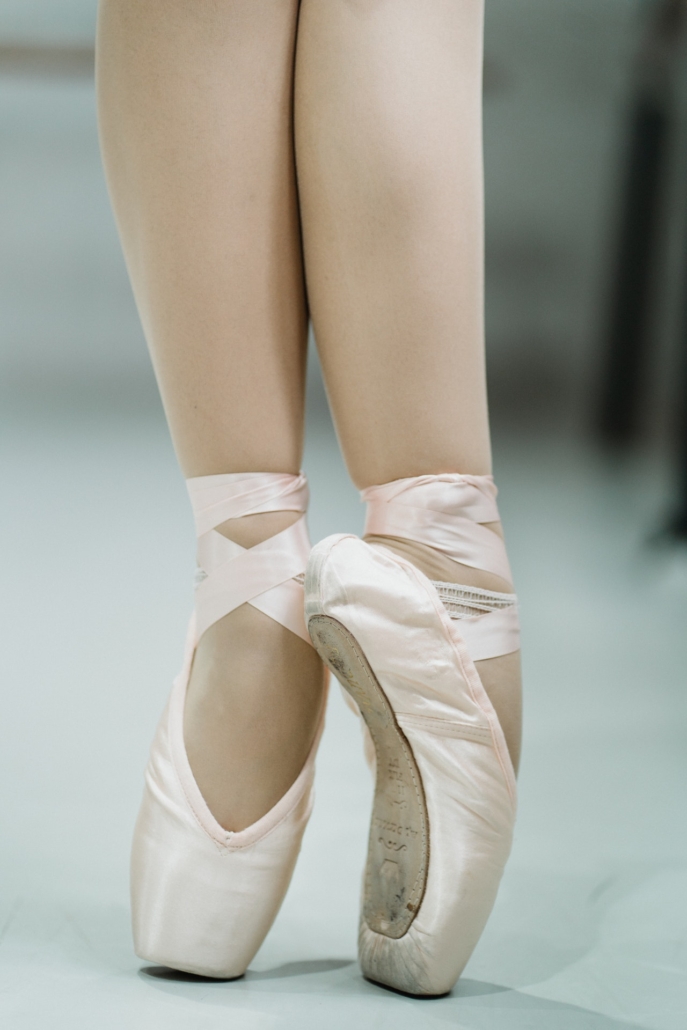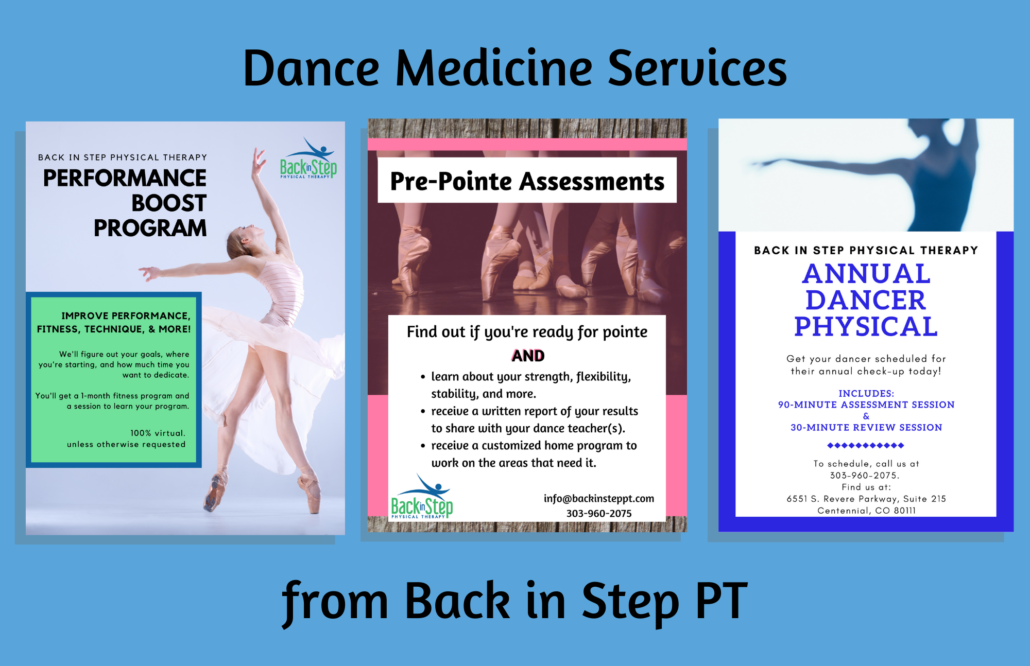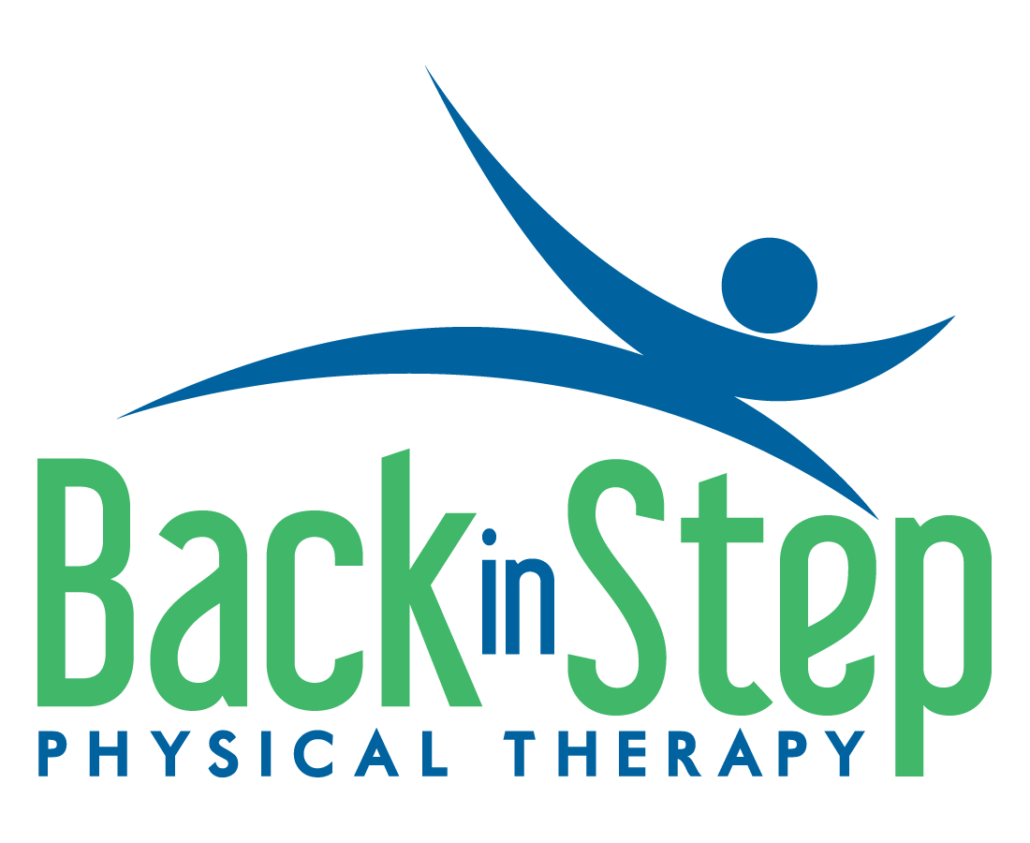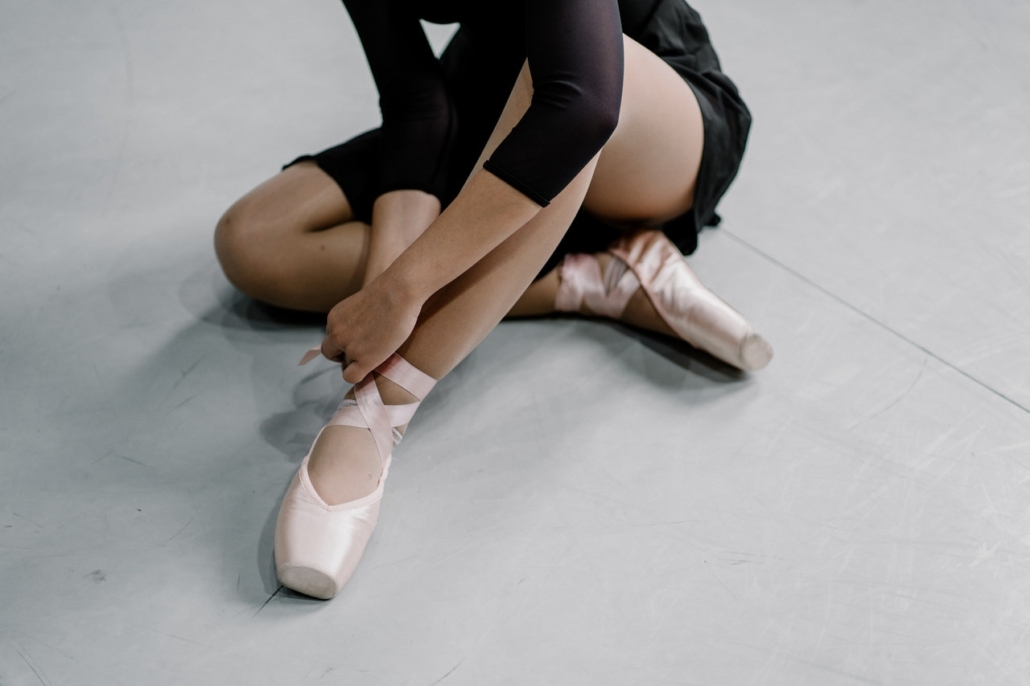Is Your Dancer Ready for Pointe? A Guide for Parents
 It seems like one of the biggest things for young dancers growing up is the dream of dancing en pointe. And why not?! You get to have the beautiful shoes, the gorgeous tutus, and the chance to develop a whole new set of skills.
It seems like one of the biggest things for young dancers growing up is the dream of dancing en pointe. And why not?! You get to have the beautiful shoes, the gorgeous tutus, and the chance to develop a whole new set of skills.
This dream of dancing en pointe is great and a good goal to have, but some dancers or dance parents may be eager to start pointework before their teacher has made the recommendation. It may feel unfair that a dancer doesn’t get to start yet. Or maybe you’re not sure why the teacher is/isn’t giving a recommendation.
The goal of this post is to talk a little bit about what your dancer needs to have, from a medical perspective, to safely dance en pointe. We’ll also be addressing some of the myths around readiness and additional considerations.
Myth #1: You can automatically move to pointe once you reach a certain age.
FACT: Age is only one small part of everything that should be considered. Most recommendations from medical research suggest that the dancer is at least 12 years old – or maybe 11, in certain specific circumstances.
Why is that? A big part of it has to do with development of bones and joints.
We know that the bones of the foot finish developing someting between the late teens to early twenties, but it varies a lot from person to person. Besides that, we are also concerned about the dancer’s growth plates. This is the part of the bone (like the femur, or thigh bone) where a child’s growth happens. These close around 14 years old in females. We want to be closer to that age before starting pointe.
Myth #2: You can progress to pointe once you reach a certain level at your studio.
FACT: The truth is – this is partially true.
It’s not so much about reaching a certain level. This makes sense because different studios or training programs have different definitions of their levels, so it’s hard to compare from program to program.
The biggest recommendation here is actually related to amount of training. Generally, we recommend 3-4 years of ballet-specific training. This means that other dance styles or mixed classes (like a ballet/tap combo class) do not count towards that total. Some recommendations even say that it should be 3-4 years after the age of 8!
Besides the recommendation of 3-4 years, we also recommend 2-3 hours of ballet classes per week.
Myth #3: Once you’re on pointe, there no need to ever go off again, except if you have a major injury.
FACT: Of course injury or pain is an excellent reason to take a break from pointe! But we want to challenge you to think about another time when it may be beneficial.
Consider also taking a temporary break when the dancer is going through a growth spurt. During this time, the muscles and strength, as well as control and coordination, are all trying to catch up with one another. We even know that some muscles need to work up to 40% harder during this time, at least until everything is back on the same track.
During this time, dancers can focus on developing their strength and control again. They can continue working on demi-pointe and can focus on a strengthening program. Once they’re feeling more coordinated again and aren’t experiencing some of the growing pains, it can be safe to work back into their pointe work.
Hopefully this helps dispel some of the most common rumors about when dancers are or aren’t ready for pointe!
Now for some additional considerations:
-
What does the research say?
 An interesting fact: working on demi-pointe puts up to 4 times your body weight through your foot. Once you’re working on full pointe, it can put up to 12 times your body weight through your foot! That is yet another reason why it’s crucial that dancers are truly ready for pointe and not starting too early.
An interesting fact: working on demi-pointe puts up to 4 times your body weight through your foot. Once you’re working on full pointe, it can put up to 12 times your body weight through your foot! That is yet another reason why it’s crucial that dancers are truly ready for pointe and not starting too early.
There are some tests that your dance teachers and/or dance medicine professional can do to assess readiness even more specifically (and we highly recommend this).
Some easy ones to do in the studio are things like the pencil test, airplane test, topple test, and single leg sauté test.
Besides that, it’s also great to have some strength and joint motion test done, which can be done by a dance medical professional. For a very thorough assessment, we also recommend the medical professional look at things like injury history, training habits, general health, nutritional practices, and more.
-
Should my dancer get an xray to check their growth plates?
No. You may often hear this recommendation from dance instructors but research actually shows little evidence that this is helpful information. Seeing the growth plate “closed” on the xray does not necessarily mean that the bones are mature.
So if you do get the xrays done, not only is it not the most reliable information, but you’re spending money on it and your dancer is getting exposed to radiation unnecessarily.
-
When should we seek out a dance medicine professional?
If your dancer:
-
-
- is complaining of pain for longer than a week, or it is accompanied with swelling, loss of joint motion, numbness, or instability.
- has pain that wakes them up at night, is present at the start of activity, or gets worse with activity.
- seems to be frequently injured or if they seem to take a long time to recover.
- is showing an imbalance in flexibility, strength, or control from side to side.
- is hyperflexible.
-
And, of course, seek out a dance medicine professional for things like pointe readiness assessments, annual dancer physicals, injury screenings, fitness programs, and other prevention and wellness services. Find out more about ours here.

Check out our video about it on our YouTube channel!
Back In Step Physical Therapy
6551 S Revere Pkwy, Ste 215
Centennial, CO 80111
(303) 960-2075
info@backinsteppt.com

